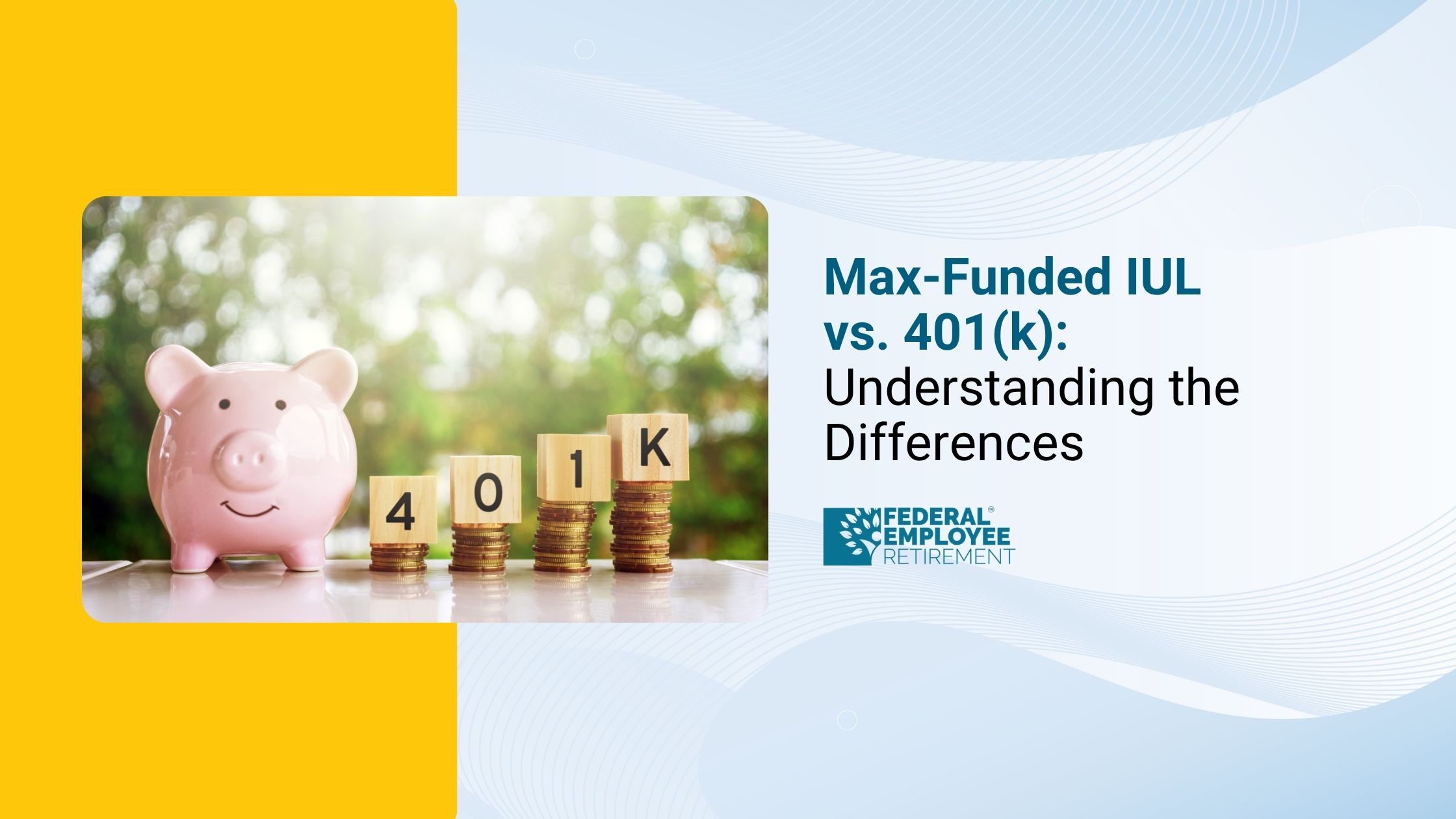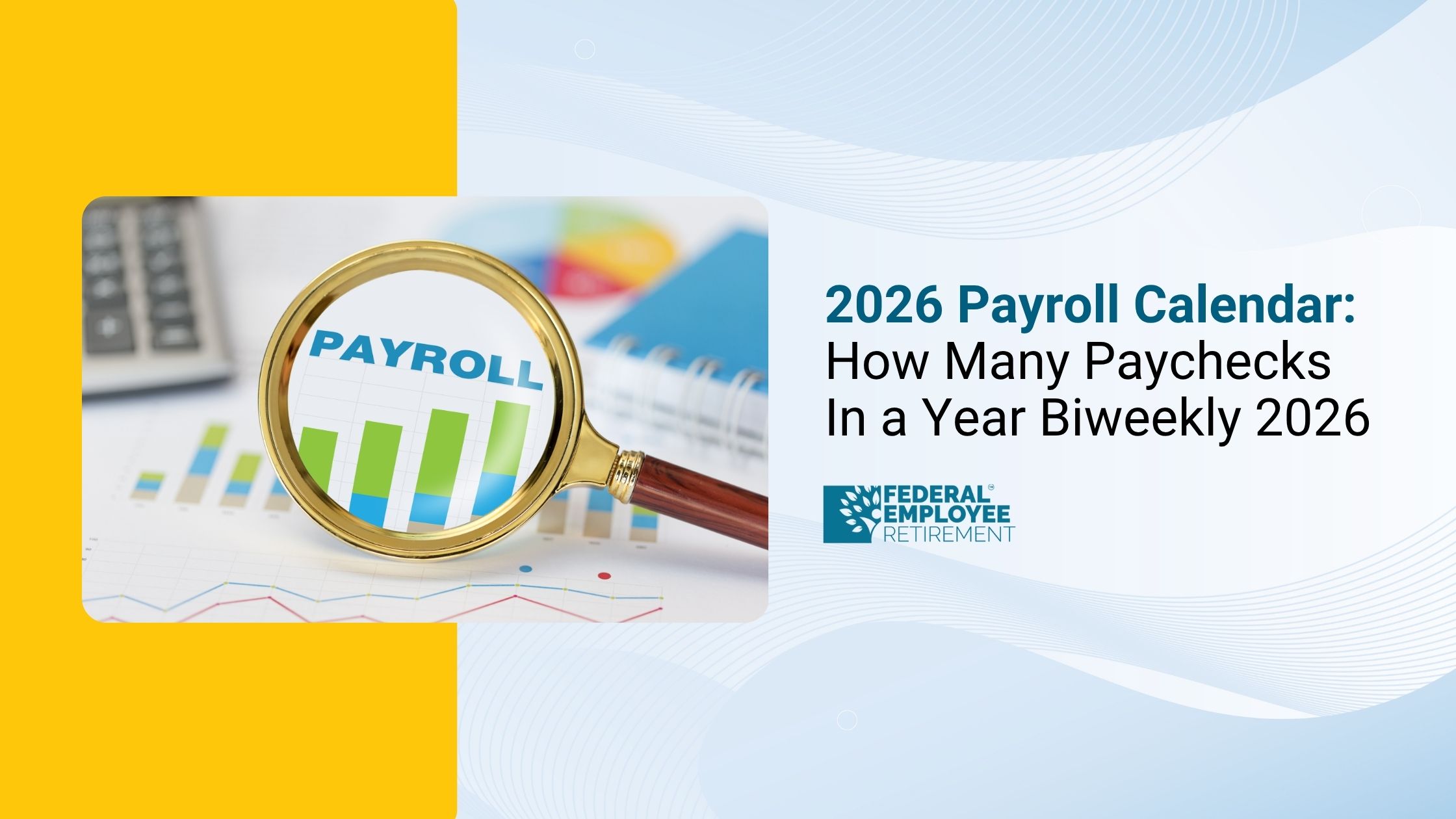You’re not alone; 4,359 federal employees booked their free review.

Charity Beneficiary Guide: How Charitable Bequests Work, Why They Matter, and How to Do Them Right
We usually think of the beneficiaries of our estate as the people we love most. But a beneficiary can be any person or entity you choose to support including the nonprofit organizations and charities that shaped your values throughout your life.
If you’re considering leaving a gift to charity as part of your final wishes, you’re far from alone. More donors today are exploring Charitable Bequests as a way to extend their impact, reduce tax exposure, and ensure their legacy continues long after they’re gone.
This guide breaks down everything you need to know practically, emotionally, and strategically about naming a Charity Beneficiary in your estate plan.
What Is a Charity Beneficiary?
A “beneficiary” simply means the person or organization you choose to receive a gift from your estate. While most beneficiaries are spouses, children, or close relatives, a charity can also be named to receive:
- A cash amount
- A percentage of your estate
- Specific assets (stocks, real estate, vehicles, artwork, retirement accounts)
When a charity is named as a beneficiary, the gift becomes a Charitable Bequest a tool that blends personal legacy with long-term social impact.
Steps to Naming a Charity Beneficiary
Naming a charity as a beneficiary is simpler than most people expect. At its core, it’s a three-step process.
1. Identify the Charity or Cause You Want to Support
Start by choosing the exact organization you want to benefit. This may sound easy, but many charities have similar names or operate in both national and local branches.
To ensure your gift goes where you intend:
- Use the organization’s full legal name
- Confirm its EIN/TIN
- Decide whether you want your donation to support
- The national organization, or
- Your local chapter
- The national organization, or
Most charities list legal details on their website under Donations or Planned Giving.
2. Determine the Type of Gift
You can choose to leave:
- A specific dollar amount
- Particular assets (stocks, vehicles, real estate)
- A percentage of your total estate
If your gift is large (e.g., over $10,000) or involves unique assets, it is wise to contact the charity first. Some organizations cannot accept certain assets for example, real estate that requires costly upkeep or environmental compliance.
A brief conversation can prevent complications later.
3. Include the Gift in Your Estate Plan
You can add a Charitable Bequest using:
- A Will
- A Living Trust
- Beneficiary designations on retirement accounts or life insurance
- Transfer-on-death (TOD) registrations
Most charities offer sample language to ensure documents are clear, legally correct, and aligned with the charity’s mission.
Why You Should Inform the Charity of Your Wishes
You’re not required to notify a charity about your planned gift but doing so has several advantages:
They can ensure the gift is set up correctly
Confirming the legal name and EIN/TIN avoids probate delays and reduces the risk of your gift being misdirected.
You can clarify your intended use
If you want your gift used for a specific purpose scholarships, family support services, research, local programming speaking to the charity ensures your wishes align with their operations.
Many donors don’t realize that a charity may decline a gift if it cannot legally or practically use the funds as directed.
Charities value donor relationships
Organizations are often deeply moved by planned gifts. Many regret not having the chance to express gratitude or learn the story behind a bequest.
A brief conversation can create a meaningful connection that benefits both sides.
Considerations for Large Bequests to Charity
If your gift is over $100,000 or includes complex assets like real estate, prepared by:
1. Contacting the Organization Early
Some charities need time to prepare for large or unusual gifts. Real estate or business interests may require:
- Environmental review
- Legal clearance
- Board approval
2. Understanding That Circumstances Change
Many donors hesitate to reach out because they aren’t ready to commit. That’s okay.
Charities understand life changes, health, financial needs, and family dynamics can shift planned gifts over time.
3. Working With Professionals
Most charities have planned-giving officers who help donors structure gifts that:
- Reduce taxes
- Provide lifetime income
- Maximize impact
- Protect surviving family members
These experts often unlock strategies donors didn’t know were possible.
Working With Planned Giving Experts: Strategies Most Donors Miss
Charitable giving involves more than writing a bequest into a Will. Planned-giving experts can help you:
Donate stock but keep lifetime income
Tools like charitable remainder trusts let you give assets now, receive a tax deduction, and still receive income for life.
Transfer illiquid assets in a tax-efficient way
Real estate, privately held business interests, or appreciated securities can be structured to reduce capital gains and estate taxes.
Align giving with personal goals
You may want:
- A guaranteed lifetime income
- To support family AND charity
- To preserve privacy
- To make an impact immediately rather than after death
Planned giving creates options often far better than a simple bequest.
Also read - what happens to 401k when you die
How to Give the Most to a Charity Beneficiary
Charities can often deliver more value per dollar than individual donors can alone.
Example:
It might cost an individual $5 to provide one meal.
A charity with supply partnerships may provide twenty meals with that same $5.
This is why charitable bequests are powerful: your impact multiplies.
A planned-giving expert can also help map out the best way to:
- Minimize taxes
- Structure the gift
- Keep lifetime income if needed
- Maximize the benefit to the charity
Alternatives to Leaving Money Directly to Charity
You don’t have to name a charity directly in your Will. Other options may better match your goals.
1. Community Foundations
Public charities that support a specific geographic area through grants, scholarships, and local initiatives.
2. Charitable Trusts
Ideal for donors with higher-value assets. Trusts can:
- Provide income to loved ones
- Preserve charitable benefits
- Reduce estate taxes
3. Private Foundations
Best for significant wealth. Private foundations allow donors to:
- Set their own mission
- Fund projects over generations
- Involve family members in philanthropic work
Tax Considerations for Charitable Bequests
Charitable gifts can qualify for:
Income tax deductions
For donations made during lifetime.
Estate tax deductions
For charitable gifts at death although this only benefits estates above the federal exemption threshold, which currently exceeds $11 million.
Recent tax laws mean fewer people itemize deductions, reducing the direct tax benefit for many donors but planned-giving experts can often structure gifts to restore some of these advantages.
A tax advisor can help determine how your bequest affects your personal situation.
Charitable Bequest Trends: What the Numbers Show
Recent research shows:
- U.S. charitable giving reached $427 billion in 2018
- Only $29.7 billion came from Charitable Bequests
- After inflation, bequest giving declined
- 30% of annual giving occurs in December
- 10% occurs in the last three days of the year
- 2017 tax law changes significantly decreased itemized charitable deductions
These trends show an important pattern: more people give during life than through their estate, but this is beginning to shift as estate planning becomes more accessible.
Family Dynamics: How Will Loved Ones Feel About My Charitable Bequest?
Many donors worry their family will feel hurt or deprived. But research and real experience shows the opposite:
- Heirs often find meaning and comfort in fulfilling a loved one’s charitable gift.
- A charitable bequest doesn’t have to reduce family inheritances significantly.
- Open communication prevents misunderstandings.
- This is a deeply personal choice. What matters is clarity, intention, and communicating your wishes.
Common Misunderstandings About Charitable Bequests
“Naming a charity means taking away from my loved ones.”
Not necessarily. Even a small percentage of requests can make a large impact.
“Charities can accept any gift.”
They cannot. Real estate, vehicles, or unusual assets may require review or be declined.
“Once I talk to a charity, I’m locked in.”
Not true. Circumstances change, and charities understand that.

Planning a charitable bequest can feel overwhelming, but you don’t have to do it alone.Our advisors can guide you through tax rules, beneficiary strategies, and the best way to maximize your impact. Schedule a free consultation and get personalized guidance based on your goals and assets.
Visit Federal Pension Advisors to book your complimentary session today.
Conclusion
Leaving money to a charity is more than a financial decision it’s a final expression of your values, your priorities, and the impact you want to leave in the world. Whether you choose a simple bequest, a planned-giving strategy, or a more complex philanthropic structure, clarity and communication are key.
If you’re ready to explore naming a Charity Beneficiary, consider:
- Identifying the right organization
- Clarifying your goals
- Speaking with the charity
- Consulting a tax or estate professional
A Charitable Bequest ensures your generosity lives on and continues making an impact long after your lifetime.
Frequently Asked Questions
Why aren’t charitable bequests more common?
Primarily because lifetime donations offer easier income tax deductions. Many people also delay estate planning.
Can I name multiple charities as beneficiaries?
Yes. You can split a percentage or assign specific assets.
What happens if the charity dissolves before I pass away?
Your Will or Trust can redirect the gift to another organization or similar mission.
Can a charity reject my gift?
Yes especially if the restricted use conflicts with their operations or if the asset is costly to manage.
Content References
The information in this guide is based on widely available public sources related to charitable bequests, donor planning, estate planning practices, and nonprofit guidelines. Core concepts reflect commonly accepted definitions of beneficiaries, estate planning structures, and charitable giving methods.
Reference concepts and explanations are aligned with:
- General estate-planning best practices
- Publicly available nonprofit guidance on planned giving and bequests
- Common financial-planning and tax considerations associated with charitable gifts
- Widely cited statistics from national charitable-giving reports (e.g., Giving USA, Nonprofit Source, Tax Policy Center)
While this article draws on themes and approaches commonly found across trusted educational resources, it is written as an original, independently created editorial and is not copied from or endorsed by any specific organization.
Disclaimer
This article is provided for educational and informational purposes only. It is not legal, tax, or financial advice.
Estate planning, charitable giving, tax strategy, and beneficiary designations involve complex considerations, and the right approach depends on your individual circumstances.


Get Updated
Subscribe to our weekly updates for the latest on retirement planning, federal benefits, exclusive webinars, and more!
Download Federal Retirement: Step-by-step Checklist
This comprehensive guide will help you understand your federal benefits, optimize your savings, and plan for a comfortable future.



.png)







